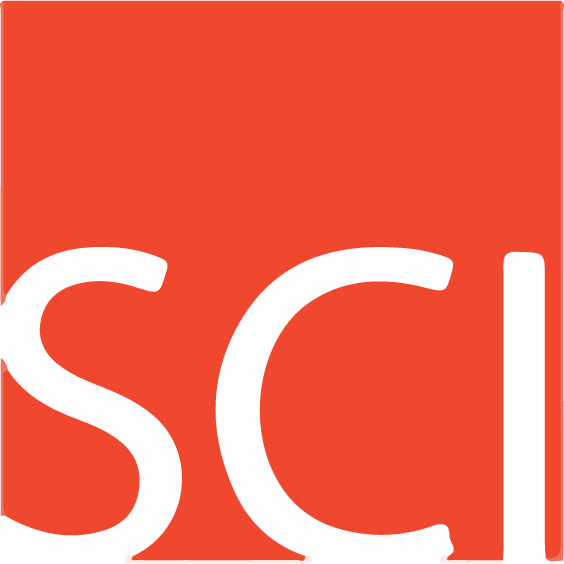Report from the "What is Publishing?" (1) Workgroup
DOI:
https://doi.org/10.13021/G8630HAbstract
The mechanisms used for scholarly publishing have remained largely unchanged over time, even as weââ¬â¢ve moved from a print-based world to a digital world. The scholarly communication ecosystem, however, is now undergoing a period of rapid transformation, including the introduction of new actors, new services, and increased pressure to improve the means of scholarly communication in order to meet the growing expectations of an information-rich world. Where to begin? The first question is to ask how scholarly publishing can provide the greatest benefit to global society in a sustainable way. Our two-day conversation about this question led us to the conclusion that the ââ¬Åblack box,ââ¬Â monolithic model of scholarly publishing no longer serves most researchers. The most sustainable approach that best responds to the needs of authors and researchers today, and that may also pose the least amount of risk in completely disrupting the system, is disaggregated servicesââ¬âunbundling the products and services that publishers currently provide and letting market forces drive the development of, and demand for, a new and improved àla carte world of knowledge artifacts and knowledge management tools.
OSI2016 Workshop QuestionWhat do we mean by publishing in todayââ¬â¢s world? What should be the goals of scholarly publishing? What are the ideals to which scholarly publishing should aspire? What roles might scholarly publishers have in the future? What scenarios exist where publishers continue to play a vital role but information moves more freely? What impact might these reforms have on the health of publishers? Scholarly societies? Science research? Why?



